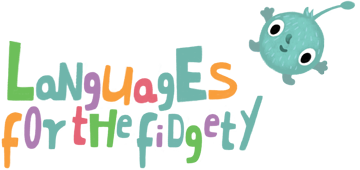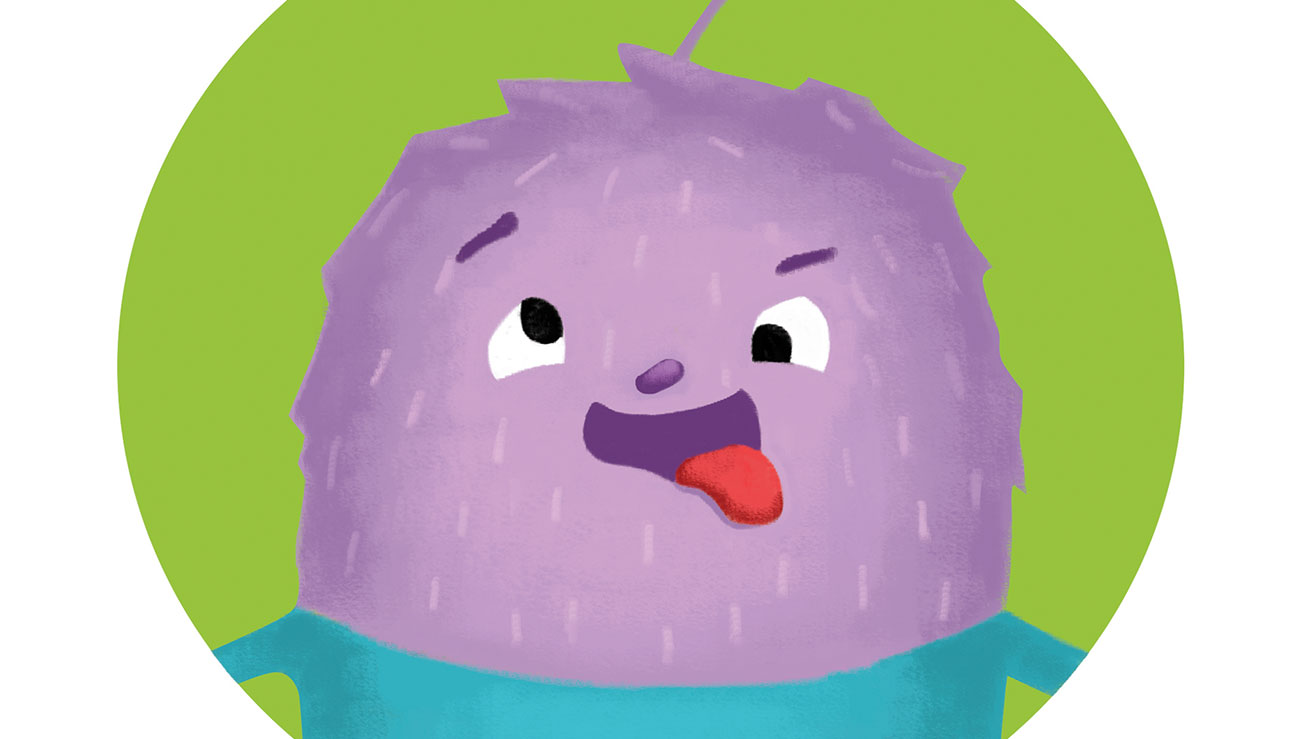What props, gadgets or educational tools do you use with young learners in your language classes?
Most of us use flashcards (I will dedicate a separate article to this subject, or even a few :). We either sing songs or use recordings (on our phones, or laptops). We might also award stickers and stamps – please refer to my other article about rewarding students :). Here are 5 effective props and educational tools that live in my huge resource bag that I drag with me to my classes :). Remember, a well prepared teacher makes all the difference and you never really know what your students will need on that day. A bit of encouragement? Enthusiasm infusion? Maybe they’ll need quite the opposite: something to calm them down and make them focus better.
- A puppet. Especially great with younger groups. Some kids are shy and not very happy to talk to adults, especially in an unknown language, but will be willing to make an effort talking to a furry animal on your hand. A puppet can ask you questions (or it can ask the children a question), it can answer your questions (before you ask the same question to the kids). A puppet can give high-fives, do funny actions, misbehave, give out flashcards etc.
- A ball. Again, great with shy kids. Very good if you want the children to repeat after you individually. It diverts the attention from the task of answering. Always explain (and demonstrate) that in a circle we ROLL the ball, not THROW it. Use small, soft balls. You can roll it to the child saying, for example, “A spider”, pointing to/showing a flashcard. The child repeats the word while rolling the ball back. You can pass the ball around the circle with each child repeating the words when passing the ball to another child).
- A fly swatter (a new one and clean :). Children can “flap” a flashcard you name. If you have two swatters, you can have a competition. Call out a word and the children have to swat the corresponding flashcard. Whoever gets it first gets a point).
- Plastic cups (hard plastic ones in bright colours work best). You can use the cups to build a tower. The children name a flashcard and put it on the floor/table. Then put two cups next to each other on the flashcard and place another flashcard on top. Repeat until the tower is too tall and eventually collapses. That’s the fun part 🙂 You can also place cups on the flashcard blocking the picture and take one off at a time to unveil what’s underneath.
- A blanket. There are so many games you can play with a blanket. Here are two of them to get you started.
1. Place some flashcards under the blanket and you pretend to wave a magic wand saying “Abra-cadabra, abra-cadi, Mary takes one card – 1,2, 3!” The child reaches under the blanket, picks up a card and names it.
2. Cover 3-4 children with a blanket so that noting sticks out. Ask the rest of the group to come one by one, touch somebody under the blanket and ask a question”Is it Jerry?” Jerry (who’s under the blanket), feeling he is being touched, will answer “YES!” If another child was touched he must answer “NO!”. Continue until all children under the blanket have been identified.
I am sure you have your own games and ideas using the props described above. Why not share some in the comments below!

